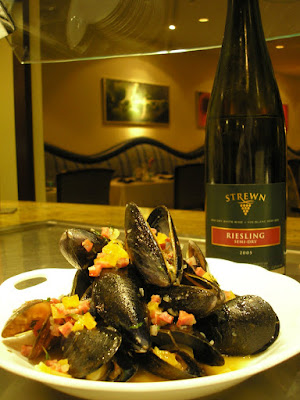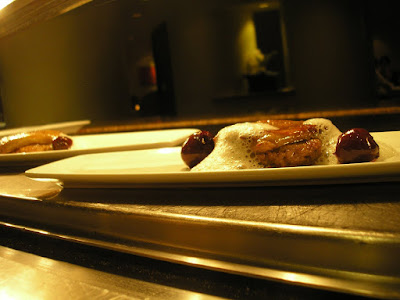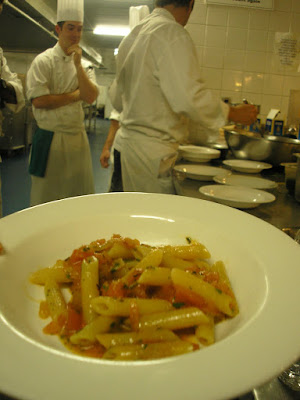
By Carol Kopp
On 12:20 pm EDT, Tuesday October 13, 2009
There's a truism among investors that you should invest in what you know, understand, and like. It's a common sense strategy: You spot something new. It's special. It's useful or innovative. It's cool and affordable. Let me buy some of that!
The response to that can be summed up in just two words: Krispy Kreme (
KKD).
Krispy Kreme had been a popular doughnut chain in the South since 1937, but remained unknown to the rest of us until about 1996. That's when the first Krispy Kreme popped up in New York City, on West 23rd Street.
Believe it or not, the town went nuts.
Doughnuts are a major food group in New York, where people eat many of their meals while walking. These fabulous new doughnuts were favorably reviewed by local newspapers. Lines formed when the "Hot Doughnuts" sign was lit. The two young men who owned the franchise were extolled as modern entrepreneurs.
I lived one block away from the store, and thought Krispy Kremes were a much better thing than sliced bread. I was soon as knowledgeable about the product as any potential investor could be.
Krispy Kreme went public in 2000. Luckily, by then I was living out of the country and didn't hear about it.
After all, what could go wrong? Just about everything.
Krispy Kreme stock hit a high of about $49 in 2003. Then it started on a long downward spiral, losing about 90% of its value.
This company had problems that had nothing to do with its doughnut recipe.
It over-expanded and took on crushing debt. There were allegations of management misconduct. Some franchises went bankrupt. Competition was fierce in the cheap eats category. More people started consuming healthy foods.
In short, Krispy Kreme managed to lose money selling something that is both cheap and delicious.
Now the company is under new management and seems to be on a bit of a roll.
Since February, when its share price hovered around $1, it has climbed steadily, topping $4 a share before settling at $3.49 as of October 8, 2009. It has fewer and smaller stores, but is parking them in strategic locations around the world. Is there hope for Krispy Kreme? Apparently, the answer is "maybe."
At the end of September, Standard & Poor's raised its outlook on the company's junk credit ratings to Stable from Negative (still just above "highly speculative") and indicated that its sales declines had slowed and cost pressures would ease.
In its latest quarterly report, the company announced it was close to breaking even, and reported a 5.9% increase in year-over-year, same-store sales for company-owned locations.
The company even got some good press recently, if you want to call it that. A new junk-food craze involves a bacon cheeseburger sandwiched between two Krispy Kremes (Original Glazed). It weighs in at 1,500 calories, give or take a few.
(With this company's luck, everyone who eats one will have a coronary within the hour.)
So, taking the common sense investing strategy to its illogical conclusion, what about McDonald's (
MCD)?
You hate it, right? Everybody says they do. Nutritionists condemn it as a major cause of the American obesity crisis. Fat teens have tried to sue it for damages. French farmers demonstrated when it started expanding its presence there. In India, people rioted -- all because of a little fib about what those French fries were fried in. For more, see
Bad Boys of Business: McDonald's.
McDonald's will announce its latest quarterly earnings on October 22, when it's expected to report earnings of $1.10 per share on revenues of $6.09 billion. The company's sales grew 4.5% last year.
So much for tough competition in the fast-food industry.
Meanwhile, the company's share price over the past five years has climbed steadily from the mid-20s to mid-50s. They also pay a dividend, currently 3.87%.
So, if there's a shred of truth in the common sense investing strategy, maybe it's this: Forget about everything you understand, think is new or wonderful, or ought to take the world by storm.
Instead, watch what everybody else is doing.
Pretty soon, what they'll be doing at The Louvre in Paris is eating at the city's newest McDonald's restaurant. They probably needed one because those on the nearby Rue de Rivoli and Champs Elysee are always overcrowded.
Nothing contained in this article is intended as a solicitation for business of any kind or for investment in the firm.





























 The Spaghetti Al Pomodoro being finished.
The Spaghetti Al Pomodoro being finished.

























